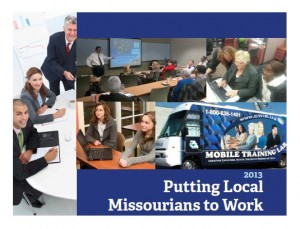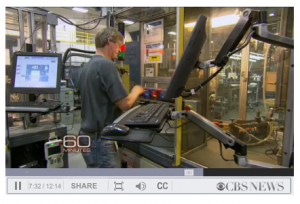 In May‐June 2013, the National Association Association for Workforce Development (NAWDP) reached out to the workforce development field to determine the specific impact that current sequestrations were having at the local level. The 139 respondents also provided written comments that currently are being analyzed by NAWDP and provide additional insight.
In May‐June 2013, the National Association Association for Workforce Development (NAWDP) reached out to the workforce development field to determine the specific impact that current sequestrations were having at the local level. The 139 respondents also provided written comments that currently are being analyzed by NAWDP and provide additional insight.
While 29% of the respondents indicated little direct changes as a result of sequesters, most indicated significant impacts. Particularly troubling is the significant reduction in services and training to job seekers, which comes at a time when policymakers are calling for an increased investment in training and employers are indicating a difficult time finding skilled talent.
Impacts studied include:
- Layoffs, furloughs, and reduction in professional development
- Training and core services
- Closures and reduction of hours at one-stop centers
The survey results may be viewed online directly from NAWDP.




 The interview opens with an overview on the current landscape of workforce programs and how the workforce system responded to economic challenges nationally. Weigensberg shared her approach in the scope of working with the greater Chicagoland workforce programs, specifically the CWICstats, Chicagoland Workforce Information Collaborative.
The interview opens with an overview on the current landscape of workforce programs and how the workforce system responded to economic challenges nationally. Weigensberg shared her approach in the scope of working with the greater Chicagoland workforce programs, specifically the CWICstats, Chicagoland Workforce Information Collaborative.
